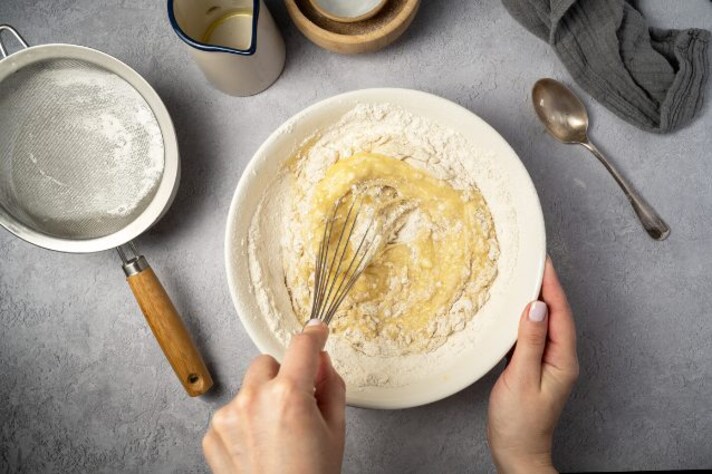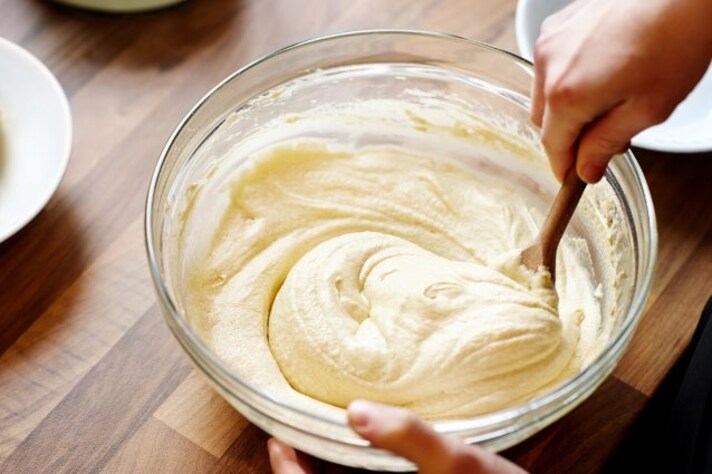
Baking is often called a science for a reason. It’s one of those activities where precision is key; where following instructions to the letter can make the difference between a cake that’s light and fluffy and one that’s as tough as a rubber tire. But what happens when you’ve done everything right, measured your ingredients carefully, and still end up with a dessert that’s more disappointing than delightful? You chose the all-purpose flour like the recipe said, but did you notice whether it was bleached or unbleached? Believe it or not, that small detail can make a huge difference in your baking results. Let’s dive into why unbleached flour might be sabotaging your sweets.
The Texture Trap
One of the main reasons you should avoid using unbleached flour in baking is texture. Bleached flour has been treated with chemicals that not only give it a brighter color but also alter the protein structure, making it softer. This results in baked goods with a finer, more tender crumb—exactly what you want in cakes, cookies, and other delicate pastries. Unbleached flour, on the other hand, has a denser grain, leading to a tougher texture. If you’ve ever wondered why your cake feels more like a bread roll, unbleached flour might be the culprit.

Color and Aesthetics
Bleached flour isn’t just about texture; it also affects the color of your baked goods. The chemical treatment used to bleach flour creates a paler, whiter base, which is perfect for achieving those light and airy cakes. Unbleached flour tends to have a slightly off-white hue that can affect the final appearance of your desserts, especially those that are supposed to be a bright, vibrant white. When presentation matters—like for a wedding cake or a batch of snowy sugar cookies—bleached flour helps ensure your creations look as good as they taste.
The Rise of Your Baked Goods Doesn't Only Rely on The Yeast
Another critical reason to choose bleached over unbleached flour is how it impacts the rise of your baked goods. Bleached flour has a slightly lower protein content, which means it develops less gluten during mixing. Less gluten formation leads to a lighter, more evenly risen cake or pastry. Unbleached flour, with its higher protein content, can produce more gluten, making your desserts denser and less airy. If you’ve ever had a cake that didn’t rise as expected, unbleached flour might be to blame.

Are There Desserts Where You Can Use Unbleached Flour?
Now, it’s not all doom and gloom for unbleached flour. There are instances where it can be your flour of choice. Heartier baked goods like certain types of bread, muffins, or even some cookies can handle the stronger gluten development that unbleached flour provides. These items benefit from a slightly denser texture and richer flavor that unbleached flour can bring. So, while it’s not ideal for delicate cakes or light pastries, unbleached flour can be a great option for recipes that require more structure and chewiness.
;Resize,width=767;)
